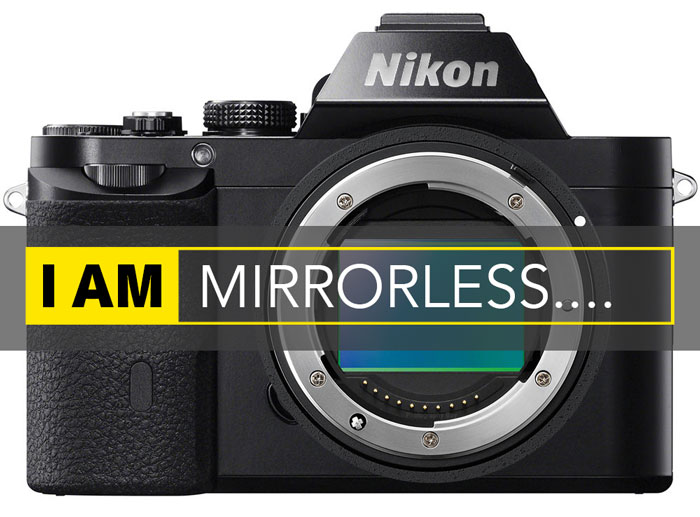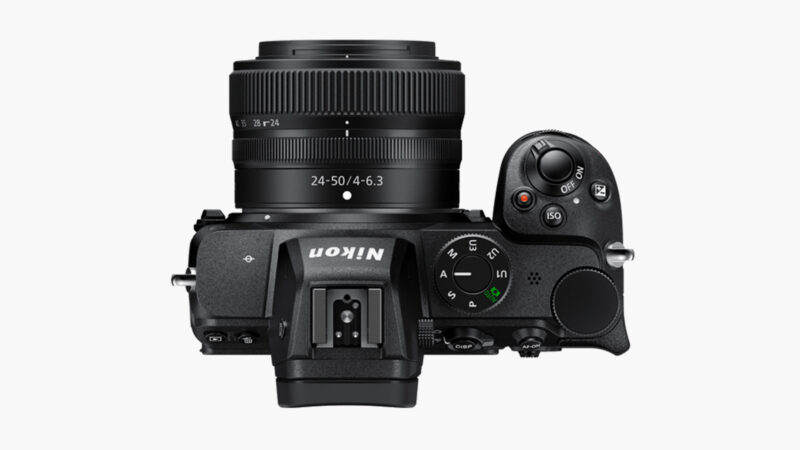

- #Nikon mirrorless full frame manual
- #Nikon mirrorless full frame professional
- #Nikon mirrorless full frame series
And the focus joystick, i button (where you’ll put all your most-used menu items) and dials are all within easy reach. The EVF extends out from the back of the camera far enough that your nose won’t be smushed up against the LCD. As someone with large hands, my pinky can still hang off the body depending on how I’m holding either camera, but the grip is deep enough to offer a secure grasp when that happens. Nikon has done an excellent job with ergonomics and button placement. For one, body design is identical between the two cameras (including dimensions, weight, and their durable, weather-sealed construction), and that’s a good thing. The NikonsĪside from their very different resolutions and far-apart prices, the 45.7-megapixel Z7 and 24.5-megapixel Z6 share a ton in common. Ideally, I still want this syncing process to be a bit more effortless, but Canon and Nikon are pretty much offering the best experience they can working with what they’ve got.
#Nikon mirrorless full frame series
And it works as advertised for the Z Series and EOS R my shots made their way over quickly and without any failures.
#Nikon mirrorless full frame manual
But the company’s boldest plans for the Z cameras - like a manual focus f/0.95 58mm lens - are still in the “coming soon” column.īoth Canon and Nikon have adapters so that their existing lenses will work on these mirrorless camerasīoth companies include Bluetooth and Wi-Fi connectivity in their cameras for transferring your images to a smartphone or PC. Nikon’s 24-70mm lens is perfectly capable and delivers great image output. Canon is also shipping an f/1.8 35mm prime. The 35mm I tried was incredibly sharp, don’t get me wrong. For reference, the 5D Mark IV’s is 44mm.) Nikon has an even more efficient 16mm flange measurement, but for now, its fastest lenses are f/1.8 50mm and 35mm primes. (The flange is measured between the sensor and the lens mount. And the 50mm f/1.2 is a terrific demonstration of what’s capable with Canon’s large full-frame sensor combined with the short 20mm flange distance afforded by a mirrorless design. The Canon f/4 24-105mm gives you more reach than Nikon’s f/4 24-70mm kit lens, though the Nikon lens is more compact. In terms of native glass, I find Canon’s lenses to be more exciting than Nikon’s at launch.

Each company is offering an adapter to let their legacy lenses work with the new full-frame mirrorless cameras.

Diving in head-first to a completely new camera system can be daunting. If you’ve already invested in either a Nikon or Canon loadout, your choice really comes down to deciding whether either first-generation camera meets your needs now, or if you should just stick with what you’ve got and wait for the eventual second wave. But everyone else - assuming you know you want to go full frame - will be fine with the Z6 or EOS R, as they offer enough resolution for basically any scenario.Ĭanon and Nikon are each offering adapters that allow their existing glass - EF / EF-S in the case of Canon, and F-mount for Nikon - to be mounted onto their new mirrorless cameras. If you’ve got a Nikon D850 and want something lighter, it could make for a natural switch. The Z6 and EOS R are upgrades for photo hobbyists and pros who want a well-rounded but familiar full-frame camera, while the Z7 is more suited to people who demand the amount of data and cropping flexibility that its high megapixel count can deliver. After spending a good amount of time with all three cameras, I’m very impressed by these first swings. So the legacy camera makers have a lot to prove.
#Nikon mirrorless full frame professional
A generous head start now finds Sony on its third generation of professional mirrorless cameras that excel at both stills and 4K video. It’s clear that both companies recognize mirrorless as the future of their prosumer camera products - even if these three cameras borrow more than a little from the companies’ DSLRs.Īs they charge in, Nikon and Canon are hoping they can disrupt and chip away at Sony’s dominance of the full-frame mirrorless market.

Canon released the EOS R with an impressive set of fast lenses to go along with it. Nikon launched the Z7 and Z6, a duo with specs clearly designed to challenge Sony’s Alpha A7R III and A7 III cameras. They both launched new full-frame mirrorless cameras with equally new mount systems and lenses that both hope will carry them long into the future. The second half of 2018 will be remembered as a momentous time for the camera world because Canon and Nikon, two of the most storied companies in the industry, finally got serious about mirrorless cameras.


 0 kommentar(er)
0 kommentar(er)
